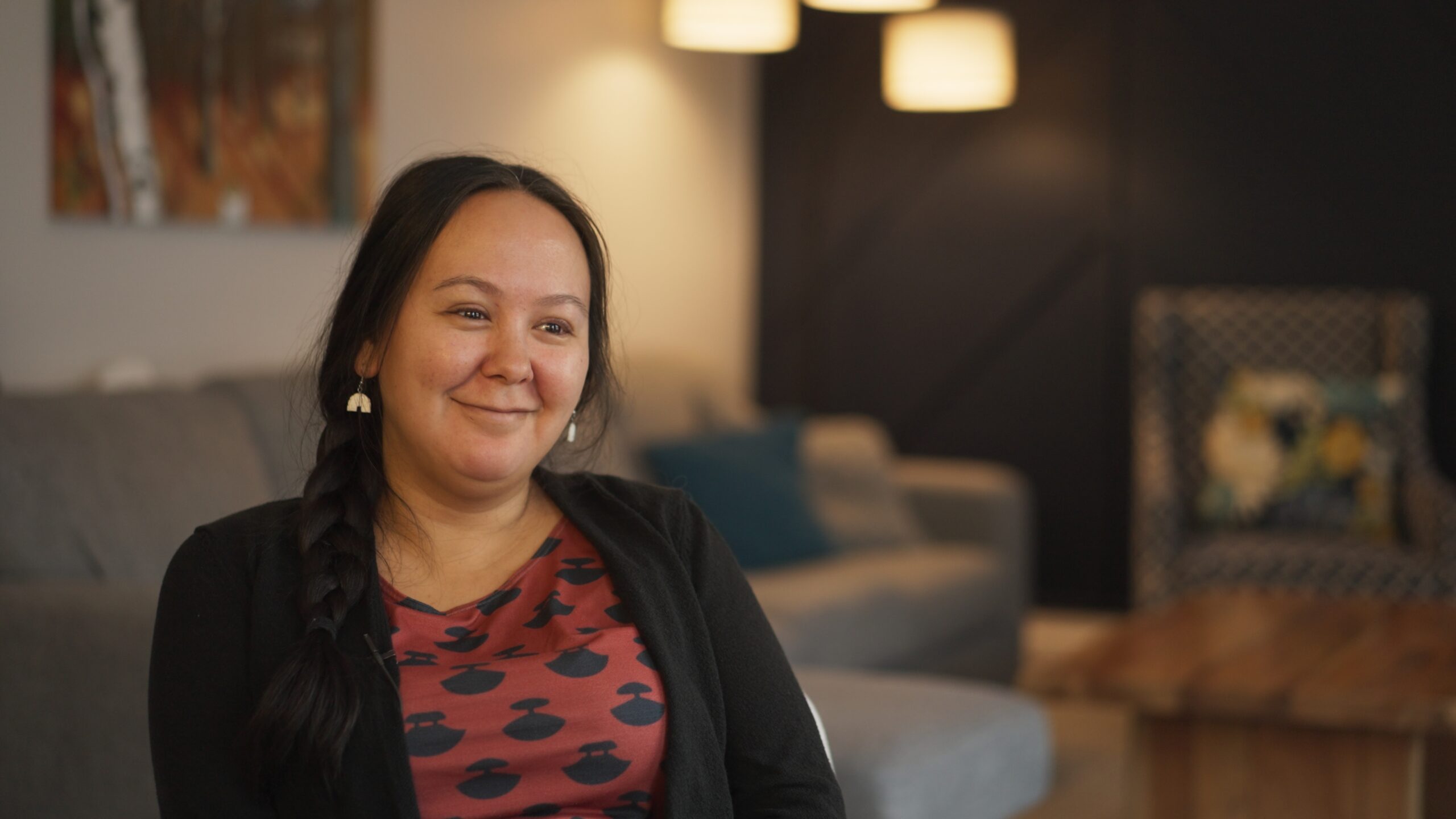When Leah Ayaruaq McKay moved from Qikitarjuaq to Rankin Inlet, Nunavut, at 13, she carried more than her belongings. She carried Inuktitut, the Inuit language spoken in the central and eastern Canadian arctic, as a connection to her home, her culture, and her family. But in Rankin Inlet, a community where English was mainly spoken, maintaining that connection wasn’t easy.
“I lost a lot of it,” Leah recalls. “I held on by speaking it during phone calls with my parents and sometimes even to my pets. But it wasn’t the same.” For Leah, those moments of speaking her language weren’t just communication; they were acts of preservation, of holding close a part of herself.
Years later, now living in Ottawa, Ontario, Leah’s commitment to Inuktitut took on new meaning when she became a key contributor to a project and ongoing collaboration between the Government of Nunavut and Microsoft to launch Inuktitut text-to-speech (TTS) functionality, increasing accessibility to the language. This achievement is part of the Preservation and Promotion of Inuktut Through Technology Project, a community driven initiative to make Inuktut more accessible and integrated into daily life across Nunavut and beyond.
Inuktut is the collective term for Inuit languages and dialects spoken in Nunavut, which includes Inuktitut and Inuinnaqtun. Inuktitut is the most widely spoken Inuit language in the region, while Inuinnaqtun is primarily spoken in the western areas of the territory.
Through the TTS project, two neural text-to-speech voices, Siqiniq (female) and Taqqiq (male), were created in Azure AI Speech services, and are now available across various Microsoft platforms.
Leah’s role was deeply personal. Over weeks of recording sessions, she worked to help refine the AI model that powers the voices of Siqiniq and Taqqiq. These voices were developed using countless hours of recorded audio contributed by Nunavummiut—the people of Nunavut, including Leah, who generously shared their language to train Microsoft’s text-to-speech language model to speak Inuktitut. Advanced AI then created the voices, which, while distinct from the recordings, mirroring native-level proficiency.
“At first, I wasn’t sure if I could capture all the complexities of Inuktitut,” Leah admits. “But as we progressed, I saw how this could help so many people, and it brought me so much joy. I love, love, love this project.”
This milestone builds on previous achievements in the Preservation and Promotion of Inuktut Language Project, including the introduction of text-to-text translation for Inuktitut syllabics in 2021, followed by support for Roman Orthography and Inuinnaqtun in 2022. With the addition of text-to-speech, the possibilities for accessibility and connection expand even further.
Children can now hear stories in their language, bringing oral traditions to life in classrooms and homes. Elders can share their knowledge more widely, preserving invaluable cultural wisdom. Healthcare workers can use the technology to communicate vital medical terms in Inuktut, improving care and fostering trust. And Inuit living far from home can stay connected to their roots in a way that feels immediate and personal.
For Leah, this project is about more than technology—it’s about creating a bridge between the past and the future. Siqiniq and Taqqiq, named after the sun and the moon, symbolize how Inuktitut is finding new light in the digital age.
“When I first moved to Ontario, I worried I would lose part of myself,” Leah reflects. “But now, I feel closer to my culture than ever.”


